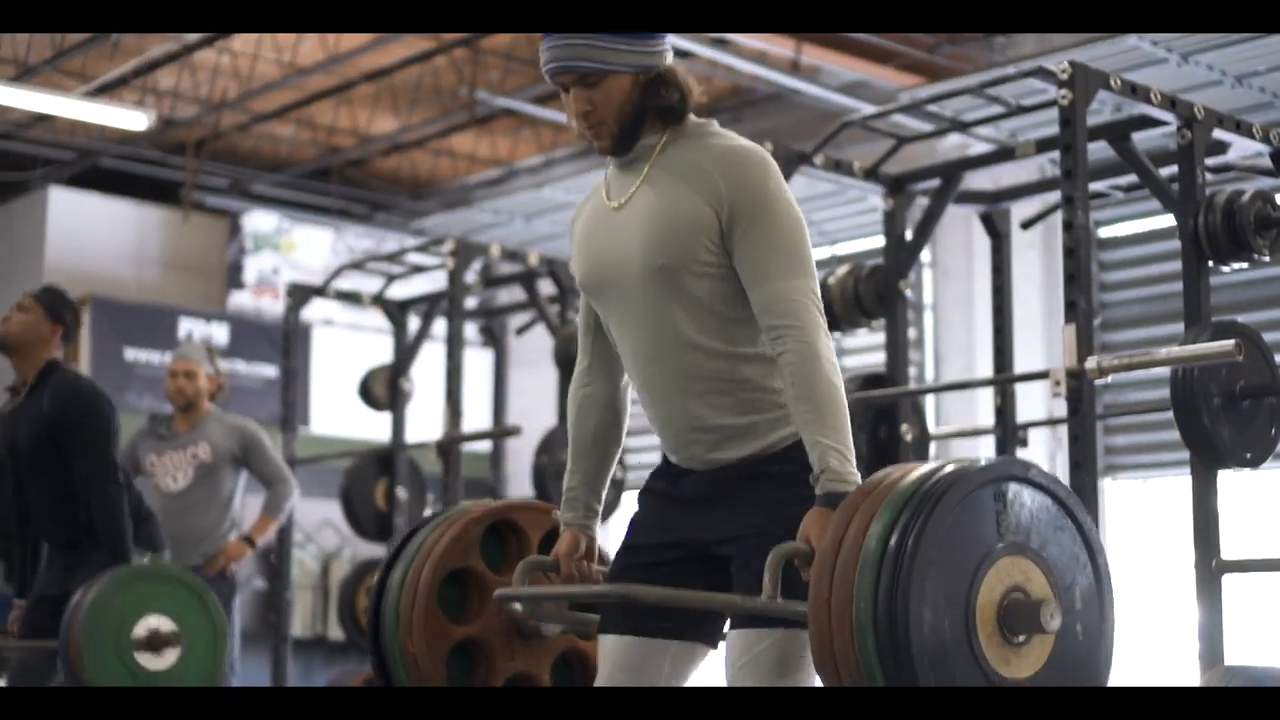Strength Training for Catchers (Part 2)
Just a few days ago, I wrote the first post in the Strength Training for Catchers saga. You can find it by clicking here.
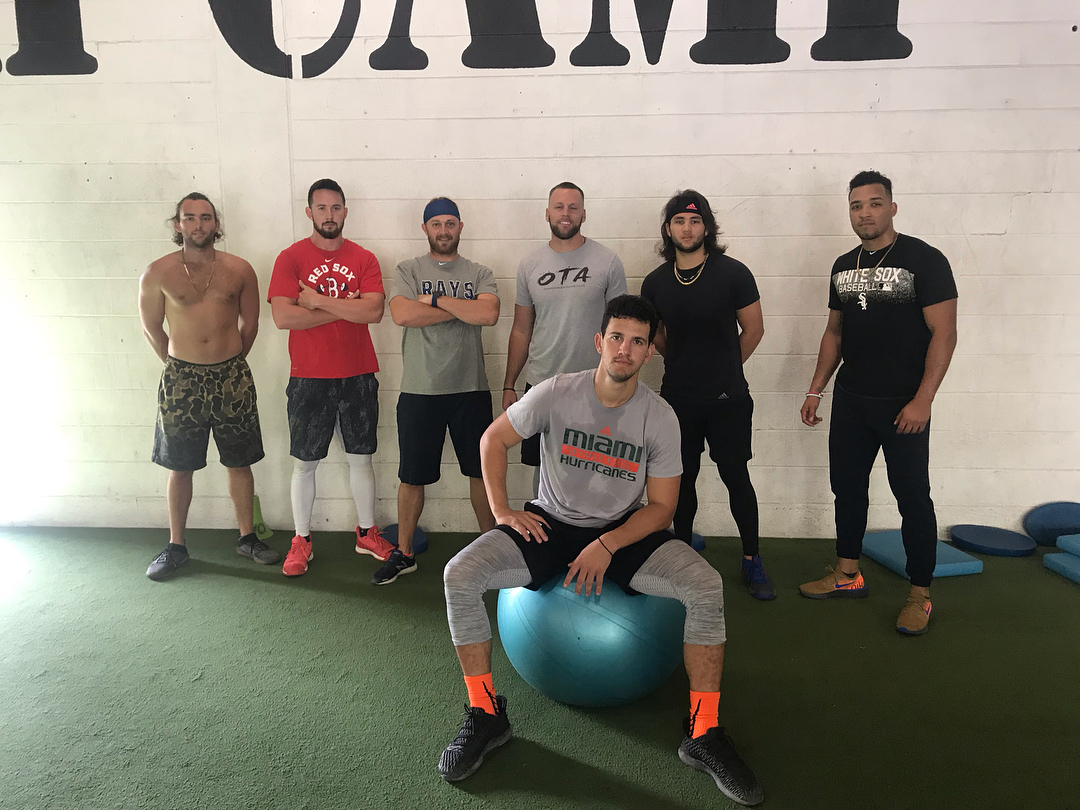
In that post, I went over the neuromuscular implications of the catching position, and how that position create complete chaos for a catcher when he enters the weight room. Injuries, performance dips, the whole 9.
Here, I’m going to assume that you’ve read the first Strength Training for Catchers post, and have executed on that info, as it’s necessary to implement this post’s teachings.
Below, I’ll share exactly how you should train as a catcher to massively boost performance and rise above competition.
In fact, I’m convinced that if you use the protocols I lay out here, you’ll become a starter on your team.
And if you’re already a starter, you’ll catch the eyes of scouts/coaches.
Here we go:
How to Program a Catcher Workout
I create strength training programs for catchers the same way I would for any other athlete.
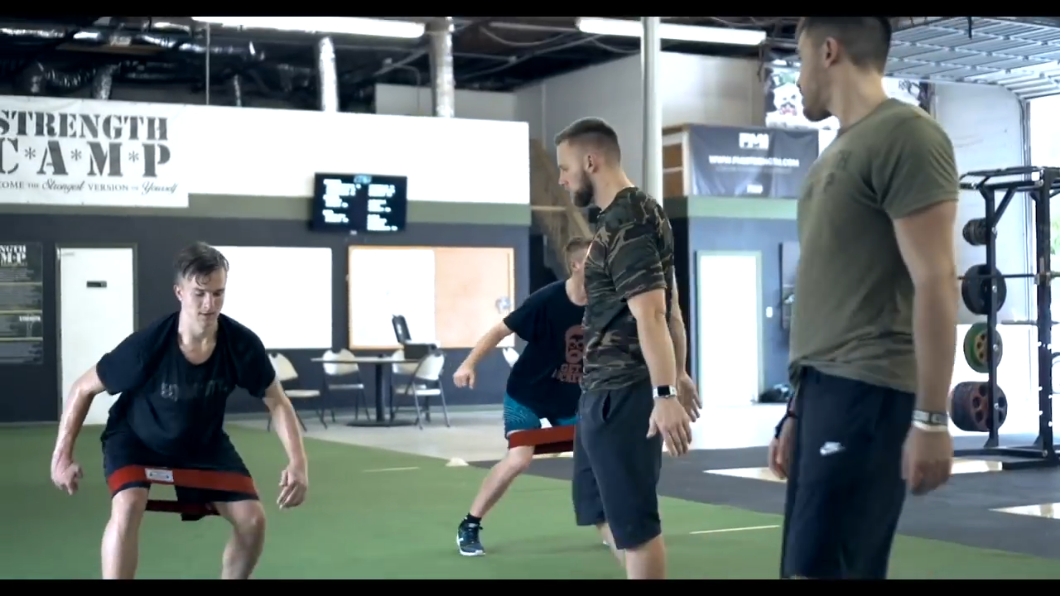
The workout begins with a dynamic warm-up that’s repeated before every session.
After that, I move into some ankle specific work that supports force absorption and production in the lower leg. This is important for speed, quickness, and even hitting ability.
Then, we go into some speed and plyometrics for baseball specifically (more on that later).
Following that, we go into strength, the auxiliaries, and finish with core.
This is just a general layout. Below, we’re going to get more specific.
Warm-Up For Catchers
The reason for the dynamic warm-up is simple. It raises the athlete’s body temperature and prepares them for work. In addition, it primes muscles to perform the tasks of the day.
Following the dynamic warm-up, I go right into my ankle dorsiflexion series, which you can see in the video below.
This dorsiflexion series increases force absorption/production capacity, which plays a role in your ability to run the bases, steal bases, even smack the ball.
After that, we move into mobility and activation movements.
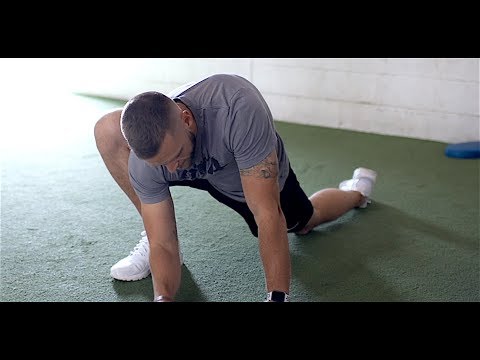
Here, you can perform the mobilization and activation movements I laid out in the last post, or you can perform the hip mobility circuit shown in the video above.
If it’s a lower body day, I usually perform the hip mobility and monster walks shown in the video above.
On upper body, I’ll perform hip mobility and monster walks (because it’s so important for young athletes), then I’ll do upper body mobility and activation (usually shoulder dislocations with blackburns).
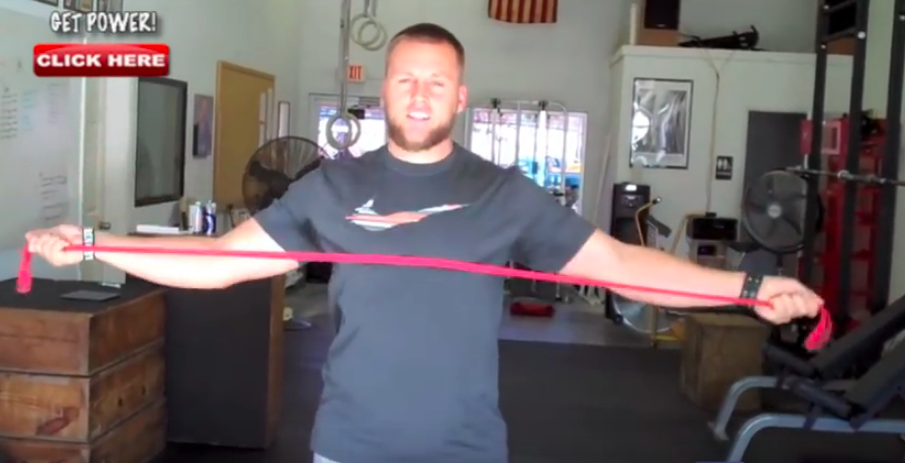
All this should get your body sufficiently prepared for a successful training session.
Plyometrics for Catchers
To be honest with you, plyometrics for catchers aren’t that different than what you’d perform with any other baseball position player.
With plyometrics, I like to build a base with simple connected jumps. I utilize pogo’s, squat jumps, and low squat jumps to isolate different parts of the leg and build energy efficiency through each joint.
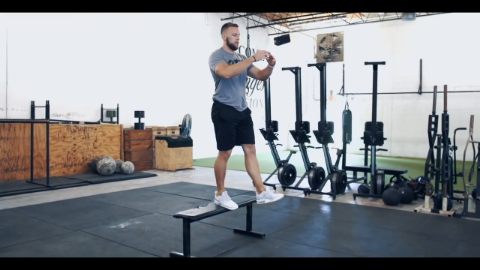
From there, I’ll progress the athlete through a series of unilateral jumps through horizontal, vertical, and lateral planes to build top speed, acceleration, and change of direction ability.
Bilateral plyometrics have their place as well.
Box jumps, power bounds, and more build rate of force development needed to slap the ball out of the park.
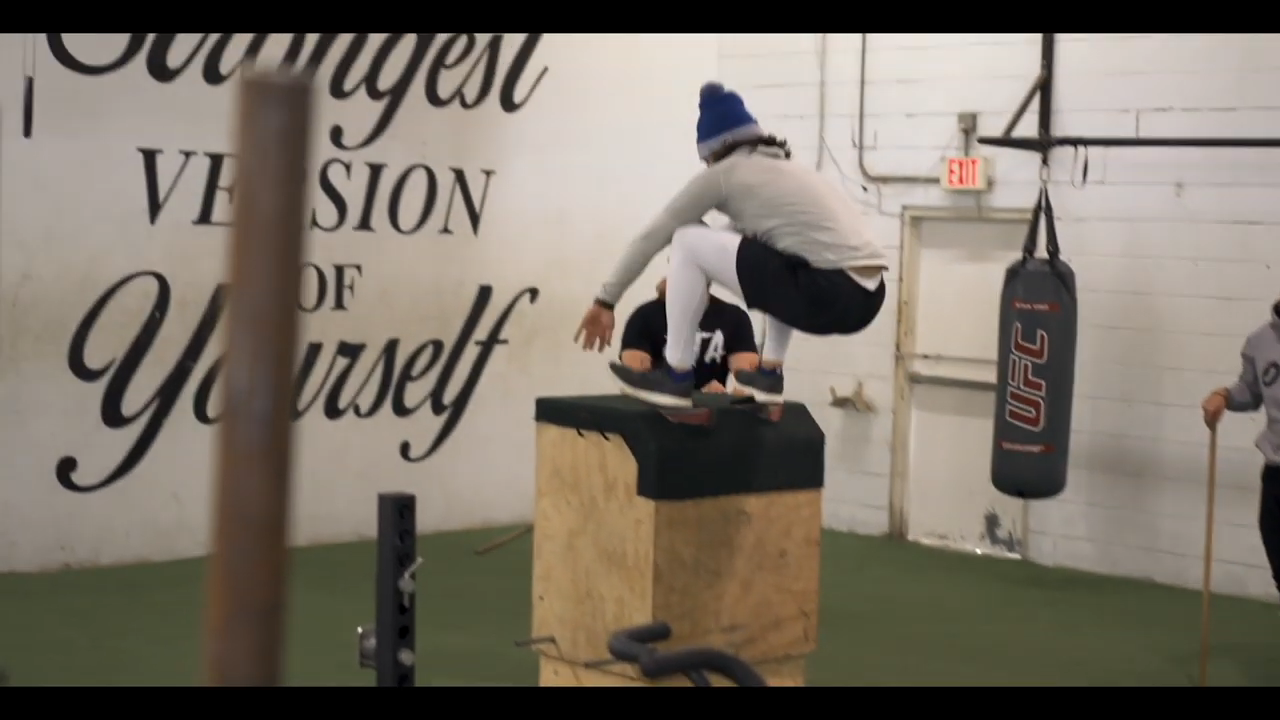
As a little bonus here, I’m going to share my favorite plyometric circuit:
- Power Skips for Height 2×10 Yards
- Power Skips for Distance 2×15 Yards
- Bounds for Height 2×10 Yards
- Bounds for Distance 2×15 Yards
Sounds simple, and it is. But it’s also very effective.
Before I move on, it’s also important to include upper body ballistic movements, such as med ball throws to improve arm strength and hitting ability.

You can find a few of those movements in the video below.
Speed for Baseball Players
When it comes to speed, I follow a simple three step process to improve an athletes ability to move at high velocities.
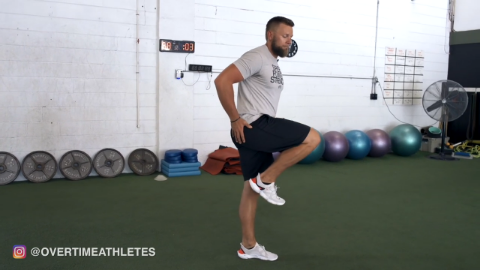
- Work Acceleration Mechanics
- Work Top Speed Mechanics
- Perform drills to translate those new mechanics into game situations
One of my favorite drills to do this with the 10 yard start.
In this drill, you begin in a 60 yard stance, or the stance you’re in when you’re on base. From here, you sprint 10 yards as quickly as you can.
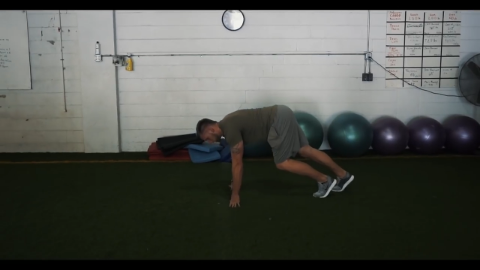
Sounds simple, but there are many different technical aspects to performing the 10 yard start out of a 60 stance. At first, I’ll break the drill down into comprehensible pieces so the athlete has a great understanding of how to get into the proper positions to move out of the 60 stance as quickly and efficiently as possible.
As he gets better at this, I progress the drill by having someone act as a pitcher. The pitcher performs a throwing motion and the athlete reacts off of the pitcher.
Agility for Catchers
If you want to read more about agility, read this post.
But, put simply, agility is reactive ability and change of direction thrown together.
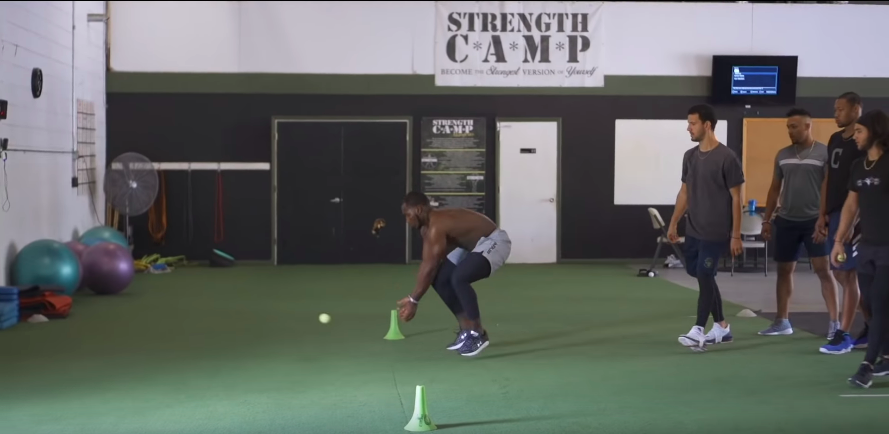
With most baseball athletes, especially catchers, I’ll use tennis balls to provide the reactionary stimulus while working the athlete’s change of direction ability. You can see this in the video below.
Strength Training for Catchers
In this portion of the workout, I don’t do anything mind-blowing.
I follow a simple strength progression, increasing intensity while decreasing volume each week, with standard strength training movements.
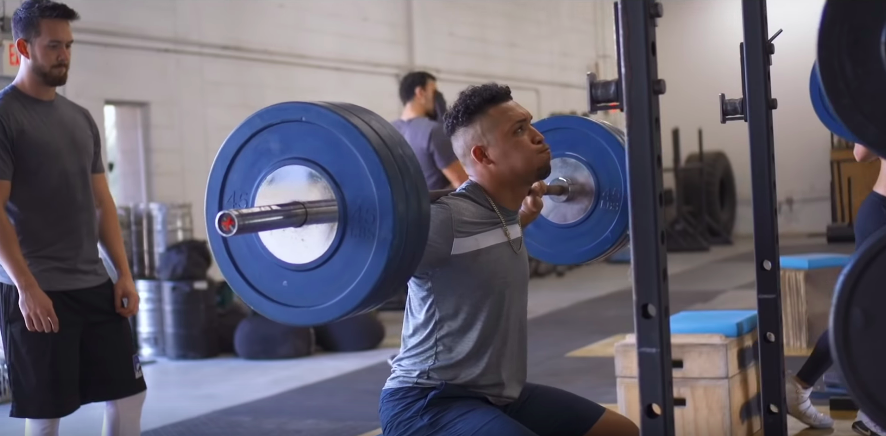
These include a back squat, trap bar deadlift, and a horizontal press.
When it comes to the horizontal press, I like to pick movements that limit stress on the shoulder, as many baseball players have overdeveloped shoulders that are a ticking time bomb of injury.
A close grip bench press is a great movement to build strength in a catcher while reducing chances of injury.
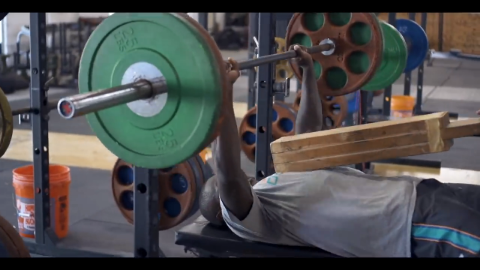
Additionally, I don’t like to use any overhead pressing for baseball athletes. This is for the same reasons I listed above; Most baseball players have overdeveloped shoulders, and I don’t want to do anything to cause an injury.
To sum this section up, don’t try to reinvent the wheel.
Use simple movements, increase intensity each week, see strength go up.
Auxiliaries
Auxiliaries are assistance movements that increase the proficiency of certain movement patterns you perform in game.
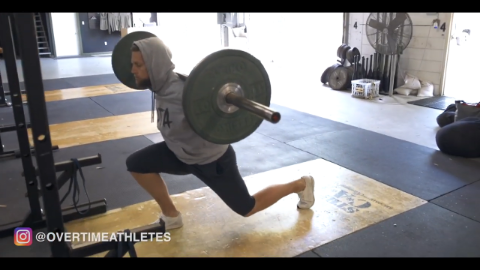
The key in selecting these movements is balance.
On upper body days, I like to account for the fact that baseball players already have overdeveloped muscles in the front of their bodies. That said, I like to select a 2:1 ratio of pulling movements to pressing movements to account for this.

This is vitally important for their posture, as well as their performance.
Remember, in the last post, the shoulder joint is like a rubber band. The farther you move it back, the harder it SNAPS forward.
In order to achieve this increased range of motion, we build up the muscles of the back.
For the lower body, I like to keep a balance of squat to bend patterns.

A few of my favorite auxiliaries for the lower body include reverse lunges, Bulgarian split squats, Romanian deadlifts, swiss ball hamstring curls, nordic hamstring curls, step ups, lateral lunges, and more.
Again, nothing really crazy or groundbreaking.
As I always say… Stay grounded in the basics and perform them at a high level to succeed.
Core
With the core, I follow a simple progression.
During the first month of training, I build core stability with standard movements such as the plank, prone cobra, side plank, and maybe a few more.

In the second month, I work on core function through flexion, extension, rotation, and anti-rotational movements.
Some of my favorites include sprinter sit-ups, hip lifts, Palof press, and seated twists.
In the final month of the training block, I work on core movements that are sports-specific.
Banded rotational movements are a big go to here, along with a few others that translate directly onto the field.
More Baseball Support
These concepts, when pieced together, have the potential for a powerfully effective program that can elevate your game as high as you wish to take it.
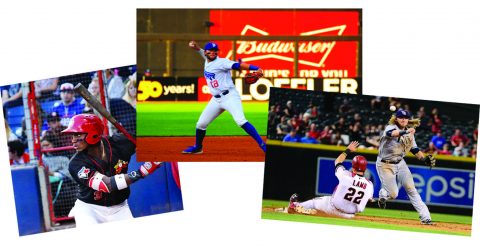
You just have to piece together the puzzle and execute.
If you want to avoid the headache of putting pieces together, and do what you do best…
Check out my Baseball Power Program.
Inside, you’ll find tips and tricks to fine-tune your training to transform yourself into a 5-tool player, and dominate the diamond.

Remember…
Five-tool guys are the first guys coaches and scouts are looking at.
You want that to be you?
Dive inside:
Click Here for Advanced Baseball TRAINING – Low Price TODAY ONLY
